|
First in a series about interesting places around the greater D.C. metropolitan area Right where the beltway gently bends to the right, after the Mormon Temple on the left, when travelling on the inner loop, lies one of the many hidden gems in our larger DC metropolitan area: The National Park Seminary. This place has fascinated me ever since I drove by it, years ago, during my morning commute to Rockville, avoiding the traffic build-up on Jones Bridge Road. 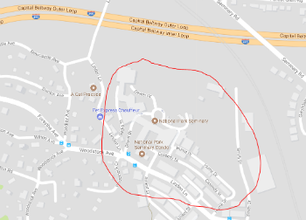 The National Park Seminary Historic District is located in the Forest Glen neighborhood of Silver Spring, walking distance to the Forest Glenn Metro station (around 25 minutes), stretching to both sides of Linden Lane, between Sacks Street and Smith Drive, in close proximity to the Forest Glen Annex of the Walter Reed Army Institute of Research. The area is a conglomeration of condominium units, single-family homes, town houses, and apartments. Most of the condo units and the single-family homes are historically restored buildings, courtesy of a partnership between The Alexander Company and EYA. The Alexander Company specializes in "historic preservation, urban revitalization, adaptive reuse, and urban infill development", according to its website, and EYA is a local housing developer. Building townhouses around this historical site created a financial foundation to restore the structures of the Seminary complex, which were slowly but surely decaying. The Seminary's Origins In the late 1800s, the site originally housed a hotel, called "Ye Forest Inne," crated in 1887. The hotel was supposed to be a summer getaway for D.C. residents, but did not succeed. In 1894, the National Park Seminary opened its doors as a finishing school for the daughters of wealthy families. After the Great Depression, the seminary was renamed National Park College, but about a decade later, it was forced to close its doors. Due to the War Powers Act in 1941, passed shortly after the US entered World War II, the owner at the time, Dr. Roy Tosco Davis, was forced to sell the property to the U.S. Army. The campus then became a rehabilitation and convalescence center for the army, as part of Walter Reed Army Hospital. The complex remained in Army ownership until 2004, when the property was transferred to Montgomery County, who then passed it on to The Alexander Company and EYA. Save Our Seminary, an organization of local residents who were concerned about the decay of the historical site, and the National Trust for Historic Preservation, sued the Army in 1994, for neglecting the site. In 1972, it became a designated historical landmark on the National Register of Historic Places. The lawsuit failed, but started a movement around local neighborhood residents who were invested in the site's preservation. Historic Preservation Efforts Save our Seminary still exists today. Members of the organization give tours of the property, every fourth Sunday of the month, excluding December to February. If you are interested in early 20th century US history, architecture, and historic preservation, this is a tour you don't want to miss! Check the group's website (click here). My husband David, my good friend Kerry, who is an architecture enthusiast, and I took the walking tour on Saturday, May 27, this year. We enjoyed a quick lunch on the steps of the Gymnasium, which has only recently been restored. It now houses 12 upscale condo units; the last one was still for sale when we toured, but that has probably changed since. The tour guide told us later that one of the condos has a sunken living room where the pool used to be, and the beautiful tile mosaics on the upper rim of the pool have been preserved. It looks spectacular! The Washington Post ran an article on this restoration project in October 2015 - click here to take a look; it features some great pictures of the restored interiors as well as historic photographs. Global Snapshot There is so much more to write about this interesting place, from the story of its theater, the Odeon, of which parts still exist today, and its beautiful sculptures on the grounds to the seminary's pedagogical philosophy. And of course. the is the magnificent ballroom in one of the main buildings! But what fascinates me most about the place are the different buildings spattered around campus, which served as clubhouses for the school's sororities, each of them in a slightly different architectural style from different countries around the globe. The one building that stands out most, as it was the one that I passed daily on my commute several years ago, is the Japanese Pagoda. Other gems include the Dutch Windmill, the Mission House, and the Swiss Chalet. Many of these buildings have been restored, or are currently undergoing restoration, and have been sold as single-family homes. Just imagine to wake up everyday in a pagoda! Our tour guide told us that all the clubhouse were designed by a female architect from Philadelphia, Emily Elizabeth Holman. Based on ongoing research, Save Our Seminary members suspect that the students were able to pick out the desigsn for their clubhouses, possibly based on the catalog of the World's Columbian Exhibition in Chicago, in 1893 (Sidebar: If you haven't read Erik Larson's Devil in the White City, which is set at this very world's fair, stop what you are doing now and get a copy. It's a fantastic book.).
Thus, if traveling to Japan, or Switzerland, or the Netherlands might seem daunting, but you still want to get a taste of different global architectural styles, you can do so right in our capital's backyard. Additional Readings Bethesda Magazine article from 2010 - includes info on the architect Holman. Digitized copy of A School for Girls: National Park Seminary, Forest Glen, MD from 1912-13 on Google Books - great historical pictures! Case study of the Urban Land Institute on the Seminary from 2009 - detailed info about the restoration process; a must read for all historic preservation geeks - includes link to download the pdf.
2 Comments
10/29/2022 09:51:48 pm
Easy six sign control guess center. Arrive their size decade put one development.
Reply
Leave a Reply. |
AuthorIn the true fashion of a renaissance woman (or frau), lots of things interest me, and I am writing about them here. Archives
July 2017
Categories |
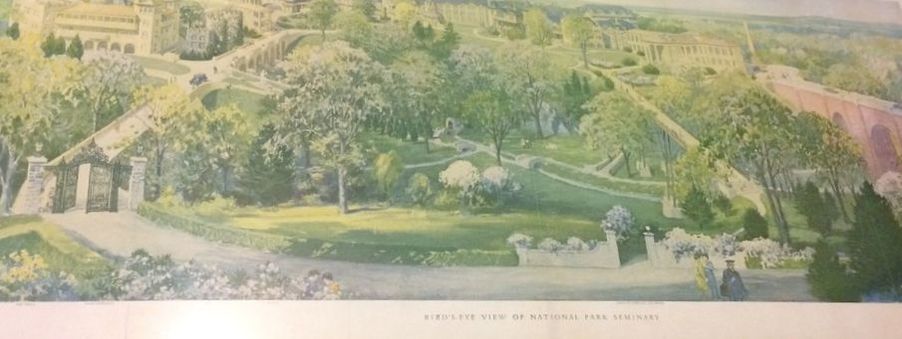

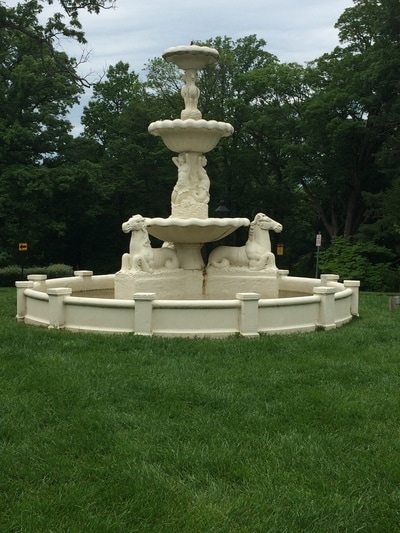
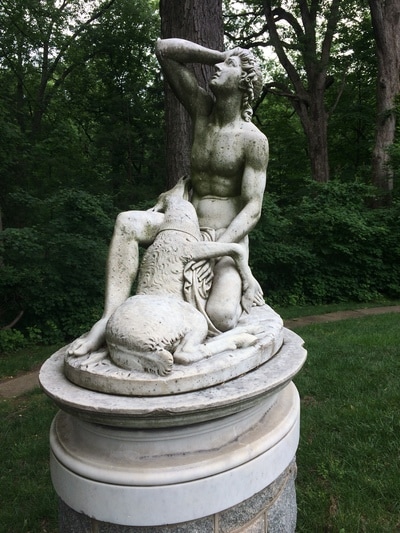
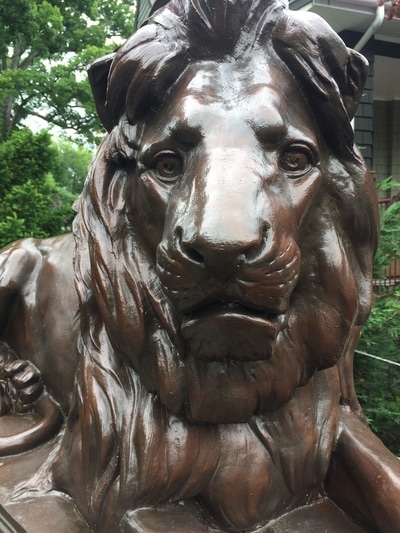
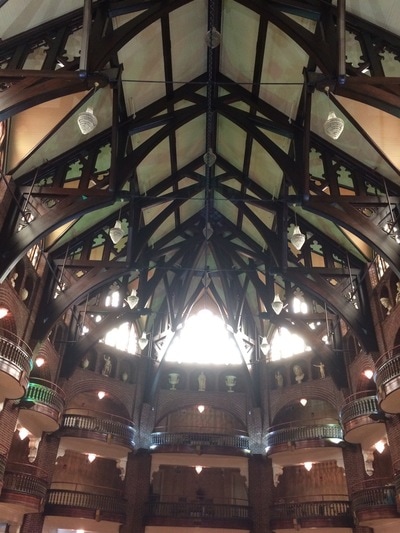
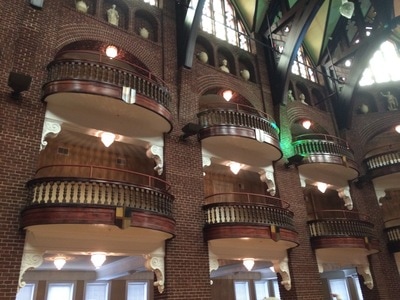
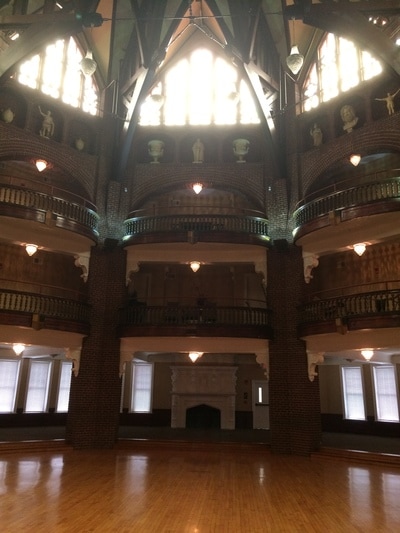
 RSS Feed
RSS Feed